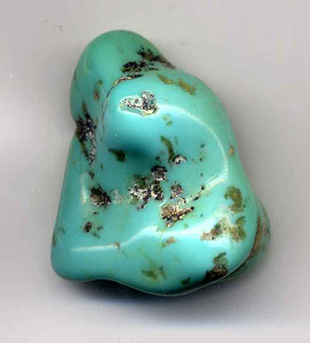












It is rare and valuable in finer grades and has been prized as a gem and ornamental stone for thousands of years owing to its unique hue. In recent times turquoise, like most other opaque gems, has been devalued by the introduction of treatments, imitations, and synthetics onto the market, some difficult to detect even by experts.
The substance has been known by many names, but the word turquoise was derived around 16th century from the French language either from the word for Turkish (Turquois) or dark-blue stone (pierre turquin).[4] This may have arisen from a misconception: turquoise does not occur in Turkey but was traded at Turkish bazaars to Venetian merchants who brought it to Europe.[4]
The colour, however, has been employed extensively in the decorative tiles adorning Turkish places of worship and homes for hundreds of years, beginning with the Seljuks, and the association quite possibly has caused the name to take root.
By Appointment
PARIS CERAMICS
South Park Studios - Suite 10
88 Peterborough Road, London SW6 3HH
United Kingdom